These days, there is a lot of attention on Australia’s defence readiness, but if we are seriously out-gunned by a gigantic adversary, perhaps our focus should shift to an alternative to conventional warfare – “Information Warfare”.
The freshly-minted Albanese Government last week announced an external review into Australia’s military defences and an assessment of our readiness.
The review is to be headed up by former Defence Minister Stephen Smith and the former Chief of Defence, Sir Angus Houston. Sir Angus commented on television last week that the current strategic situation is the worst he has ever known in his career or his lifetime. Sir Angus knew the Vietnam War, so his observation is revealing.
It is not unheard of for incoming Federal Governments to conduct such reviews, however the current strategic situation, grave as it is, as Sir Angus Houston points out, is clearly a trigger for a significant review right now.
Most military observers would probably agree that Australia’s submarine issue should have been worked out at least a decade ago. And issues surrounding the commissioning of Black Hawk helicopters, decommissioning them and then recommissioning them – plus a raft of other military hardware issues, takes on a greater sense of urgency when set against the backdrop of an increasingly militarised South China Sea and the brinkmanship and general posturing of China and the US. And then of course, there’s Russia in the Ukraine.
Critically, Australia’s vulnerabilities are not limited to the military. Australian businesses and government – indeed even householders are potentially targets for cyber and info warfare attacks by hostile actors both state-sponsored and misguided individuals acting for money or cheap thrills.
As highlighted in the ASIAL-commissioned Security 2025 Report, all Australian governments, the private security industry and business must work as a team if Australia is going to meet the security challenges that lie ahead. It is not just a military issue.
Leaving military hardware to one side, today, defence and security in general, increasingly revolves around technology and information. Warfare used to mean fighting over physical borders with conventional weapons. But today, the emphasis is increasingly on information warfare. Whilst conventional battles are characterised by blood, bombed cities and refugees, the other form of war might be conducted without being noticed at all.
Ask most people what information warfare is about and they will probably say that it is like propaganda – deliberately propagating a perception (either true or false), intending to engender a new certain world view on a population in order to influence their beliefs, attitudes and ultimately their behaviour. (Ellul, Jacques 1965).
A definition for information warfare is elusive. The US Defence Information Systems Agency defines it as, “…actions taken to achieve information superiority in support of national military strategy by affecting adversary information and information systems while leveraging and protecting our information and information systems” (Takemoto 2001).
Although very advanced in theory and practice in Russia and China (and in the Ukraine too apparently, judging on recent performance), information warfare in Australia is a relative toddler.
The Navy has a nascent Information Warfare unit and the Army regularly conducts exercises with information warfare elements included, albeit it in a very low-key and under-developed fashion.
Yet the ADF still separates Public Affairs, Intelligence and PhsyOps (Psychological Operations) as three distinct functions. Fortunately, there are stirrings of a small degree of integration but they are still very much three separate functions in the three separate services (Navy, Army and RAAF).
Our military and our Government rightly shun the idea of deliberate distortion of facts for propaganda gains because “that’s what the bad guys do”. Instead, we use terms like, “Shaping the Narrative”, “Raising Awareness”, “Engagement” and other equally benign-sounding terms. We only use harsher epithets like “propaganda” when describing what certain other countries are doing. Of course, everybody knows that thinly-disguised disinformation and downright lies are being spread by certain big, bad superpowers. And it is unfair and inaccurate to suggest that Australia plays in that particular league.
But when we consider information warfare, we should look past the cruel memes, the state media-sponsored lies and blatant cover-ups that we increasingly associate with Russia’s invasion of the Ukraine for example.
Nichiporuk describes six main components of information warfare to define the concept (Nichiporuk 1999):
1. Electronic warfare, involving jamming communication systems, for example, to prevent the enemy from communicating with itself.
2. Operations security, identifying one’s own weaknesses and protecting them from attacks. This is not isolated to military weaknesses and applies equally to the private sector like banking and infrastructure – a job for the private Security Industry.
3. Deception – giving away false information to mislead the opponent. This could mean sending out the wrong coordinates for an attack in order to keep the accurate location secret.
4. Physical attack on information processes which could mean bombing communication centres for instance. Unlike the others, this is like conventional warfare because it revolves around physical attacks.
5. Information attacks, which is when technology is used to sabotage someone else’s information systems. Viruses can delete or spy on enemy systems.
6. And information operations (or PsyOps), which means affecting people’s views and opinions by different types of communication channels such as the mainstream media or social media.
There is a certain asymmetric nature to this. A tiny country, weak in military terms, can give a huge invader a bloody nose, even if it is bristling with weapons, provided it can disrupt the enemy’s weapon systems and communication channels, which are so addicted to electronics and online connectivity. Moreover, cyber attacks can be launched on an adversary from almost anywhere on the planet bringing critical infrastructure to a standstill – air traffic control, telecommunications, electricity grid etc. And crucially, the psychological elements of information operations are as available to Australia or any superpower.
Whilst there is an extensive array of information warfare tools and techniques available and any number of motivations for their use, exactly how one uses them and to what end demands careful consideration at the very highest level. The nation’s morals, values and beliefs must be reflected in any information warfare intent and actions. In other words, certain other countries might choose to conduct themselves despicably, but Australia certainly must not follow suit.
So when the report into Australia’s defence readiness is made public, assuming it ever is (and that might depend on just how shocking the findings are), we shall look with interest to see if the ADF is interested in fighting with words, images and cyber-electronic expertise – or just weapons alone.
References:
· Nichiporuk, Brian. (1999). U.S. military opportunities: information-warfare concepts of operation.
· Takemoto, Col G. H. (2001). Information Warfare in the Cyber Domain.
· Ellul, Jacques (1965). Introduction by Konrad Kellen in Propaganda: The Formation of Men’s Attitudes
Steve Cropper is an Information Operations contractor to the Australian Army and a strategic Communications adviser to the Australian Security Sector.


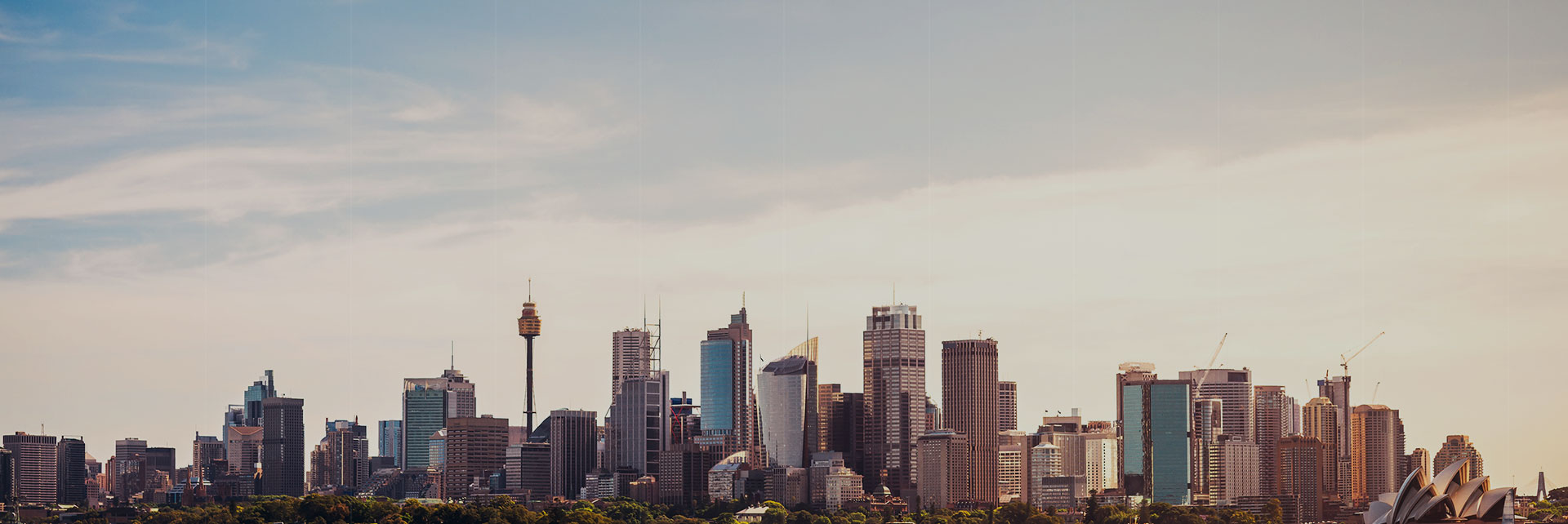
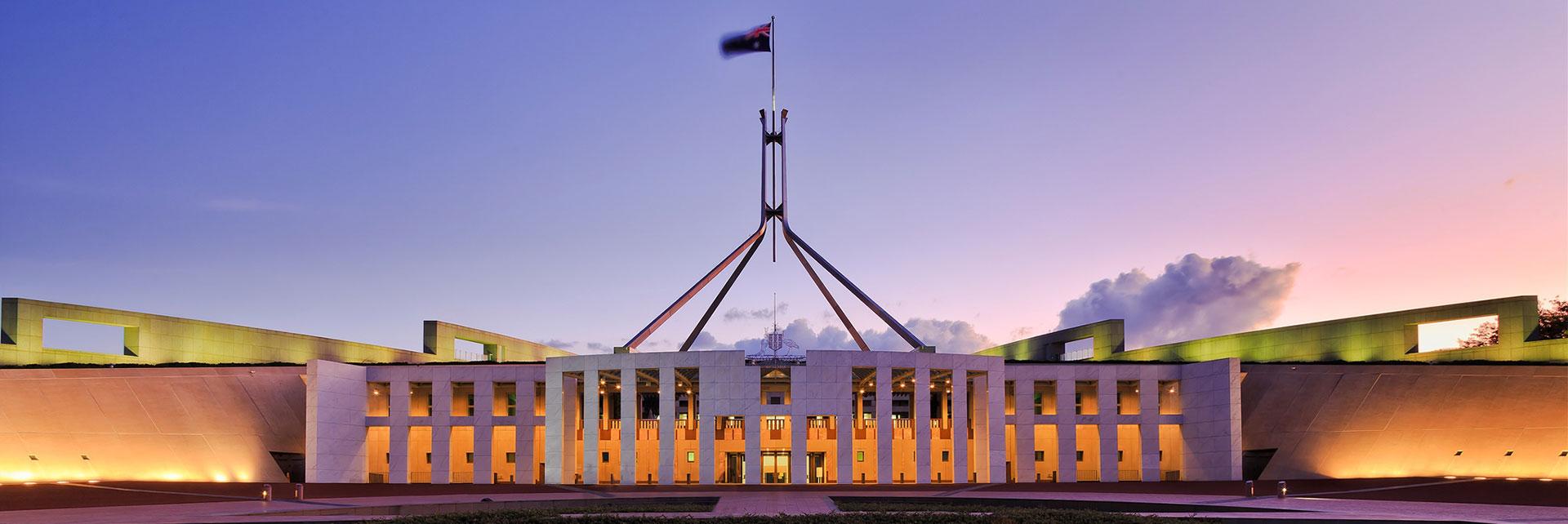


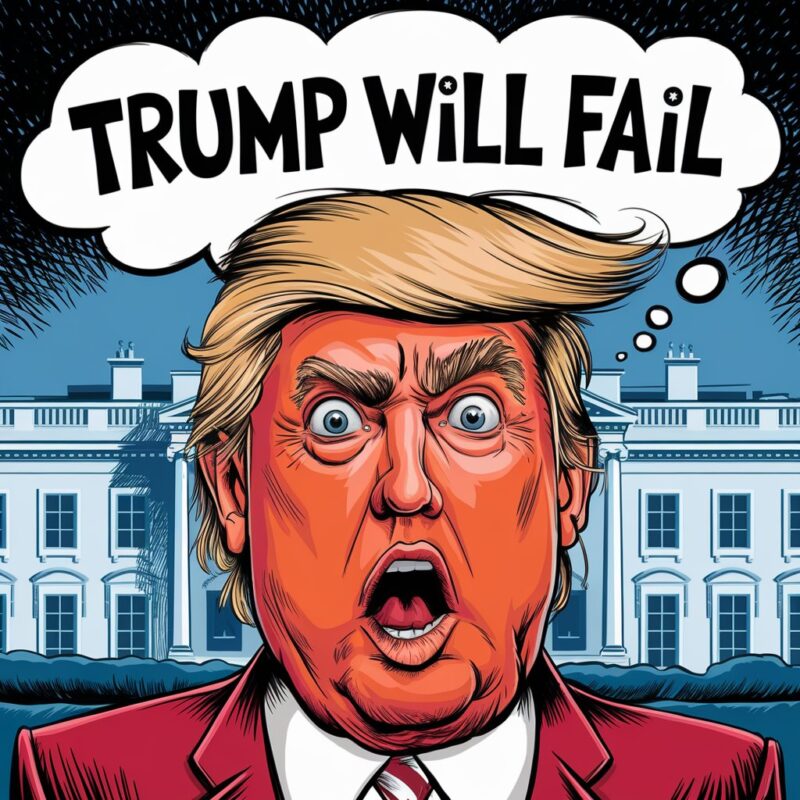
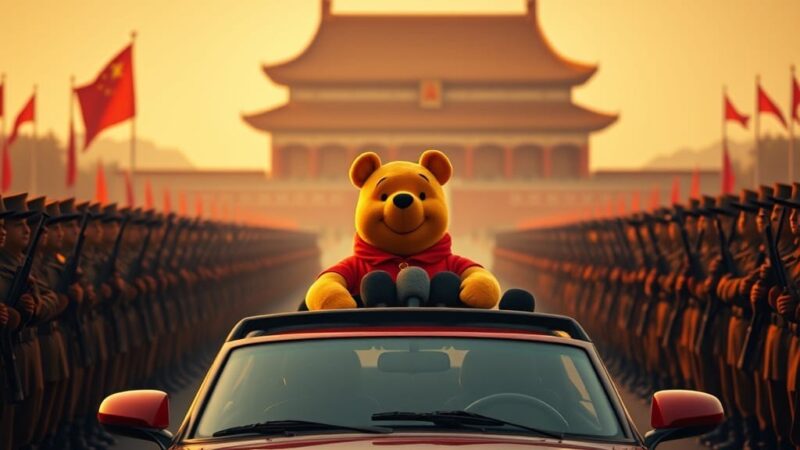

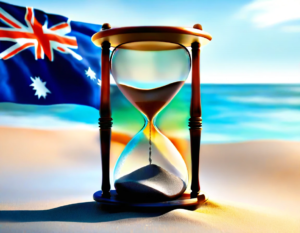 woes take centre stage in the 2025 election
woes take centre stage in the 2025 election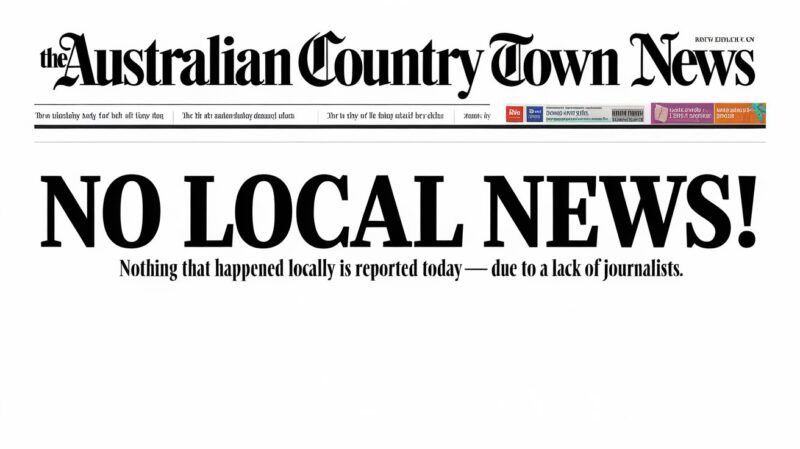
 Western observers are often frustrated by the distinctly Russian and Chinese practice of declaring that something is false when it is known to be true and vice versa. But the concept of “truth” is not universally shared. This difference is increasingly becoming a point of friction between the eastern and western hemispheres, especially in tense times.
Western observers are often frustrated by the distinctly Russian and Chinese practice of declaring that something is false when it is known to be true and vice versa. But the concept of “truth” is not universally shared. This difference is increasingly becoming a point of friction between the eastern and western hemispheres, especially in tense times.
